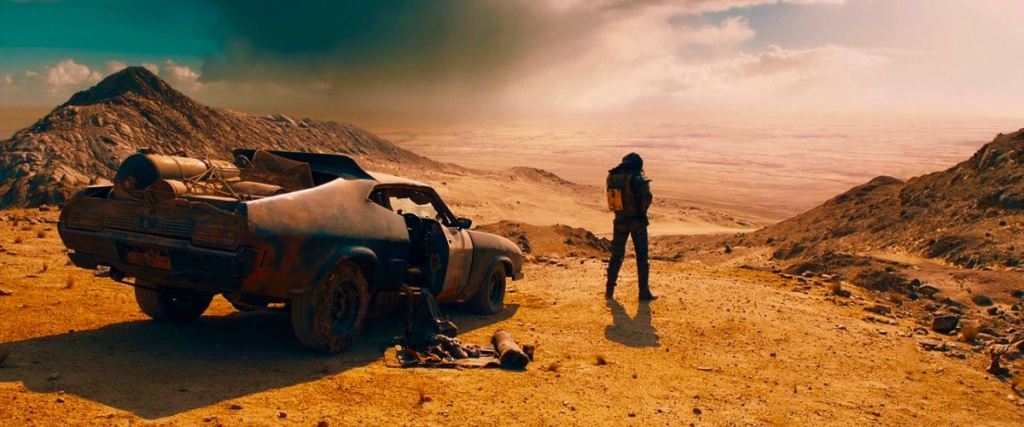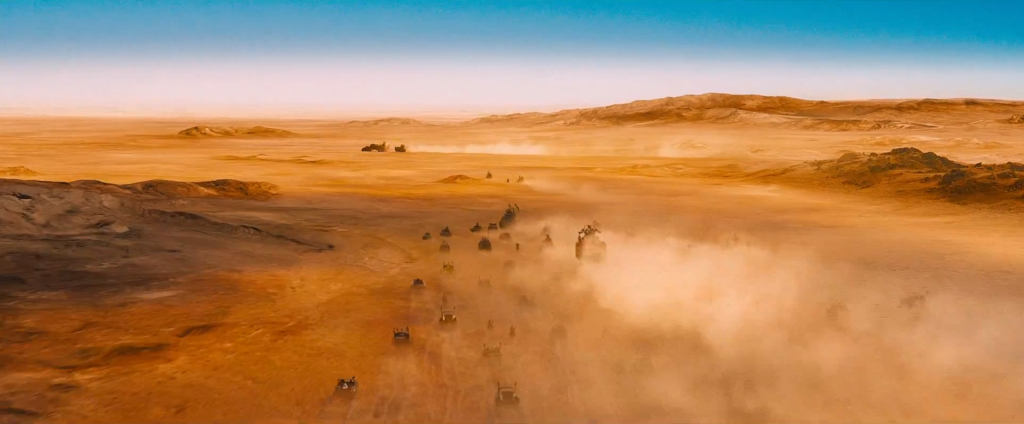How does a movie like Mad Max: Fury Road win 6 Oscars when its star has only 63 lines?
The performances of Charlize Theron and Tom Hardy are magnetic, but that’s not what makes the movie unique. The reason this film works is that it fully immerses the viewer in its world.

World-building is something most big budget filmmakers aspire to. Why did it work here?
At every possible opportunity, director George Miller and his team eschewed CGI (computer-generated imagery) in favor of live action. All stunts were performed in the most realistic ways possible, executed on set in the Namibian desert.
Where things get interesting is understanding why live action is more realistic.
Fury Road visual effects producer Andrew Jackson highlighted an underrated aspect of live action:
The worst thing in the world is to have to make a 100 percent computer generated shot…It’s the randomness and chaos of nature that’s so often missing from anything computer generated.
The reason CGI looks bad is because it’s too perfect. By executing the Mad Max stunts in real life, the camera picked up barely perceptible elements around the stars and stuntmen: the way desert sand reacts to an over-revved engine, the way dust flies off of tire threads, the way a chassis strains under the weight of its riders.

These seemingly minor elements—the messy parts, the unpredictable bits of “randomness and chaos”—ensured that the fantastic, far-out world of Fury Road felt viscerally real. And that realness is what made the film captivate us.
Takeaways for On-Camera Storytelling
I teach entrepreneurs and knowledge workers how to be great on camera. None of them are competing for Oscars. They want to use video to get customers and work opportunities. (Why am I qualified to do this? I closed a $52k consulting deal thanks to a video seen by four people using this playbook)
This work focuses on everything from camera confidence to production to storytelling. It’s a joy to watch people gain confidence and skill when it comes to the tools and tech, but it’s worth remembering what Mad Max taught us: paradoxically, imperfections make the finished product better.
Whether it’s your dog walking through the frame, your lighting setup failing to capture your good side, or a stumble in your delivery, remember: mistakes add realness. That realness is what makes your work connect. Hell, it’s what allowed the moviegoing public to feel empathy and shared humanity with marauding gangs of violent, nomadic gearheads in a movie comprised of 90% chase scenes.